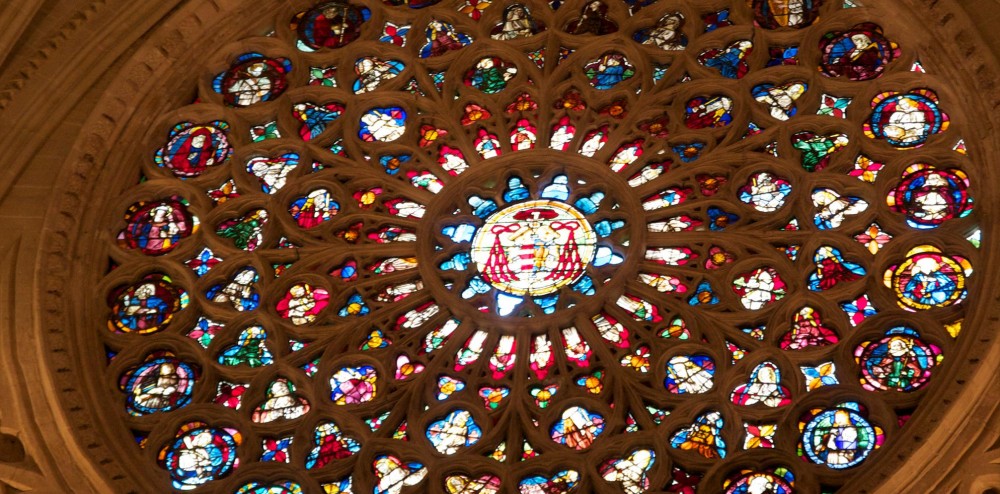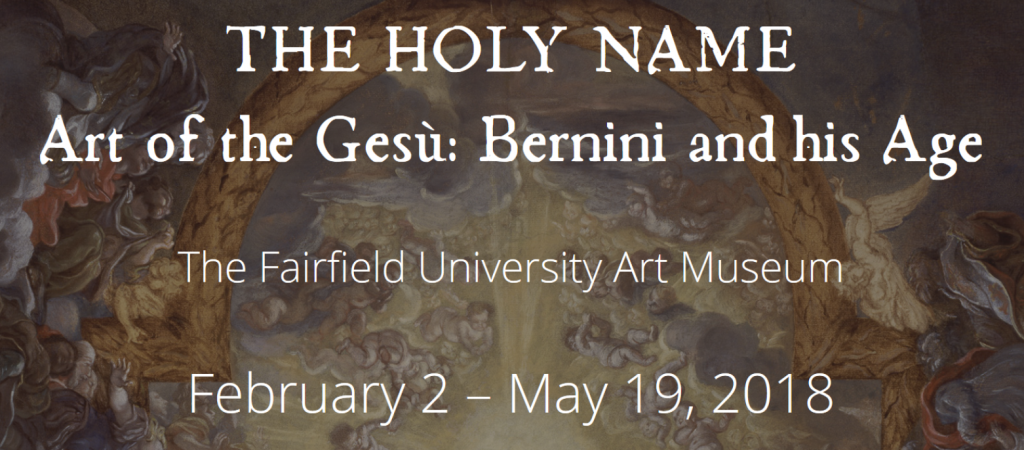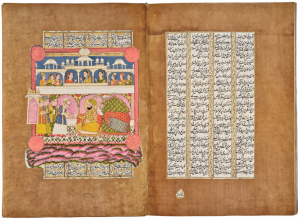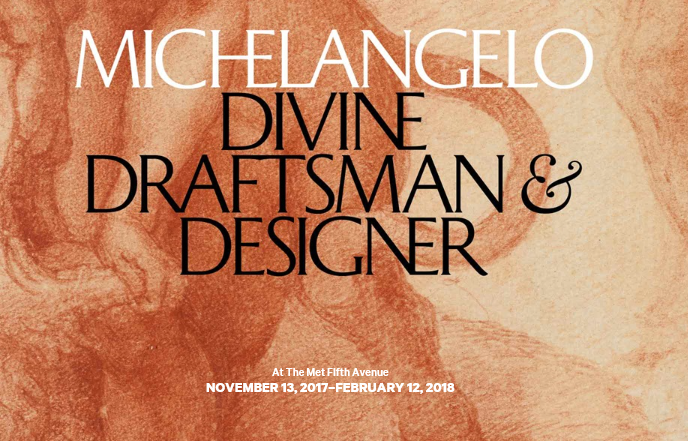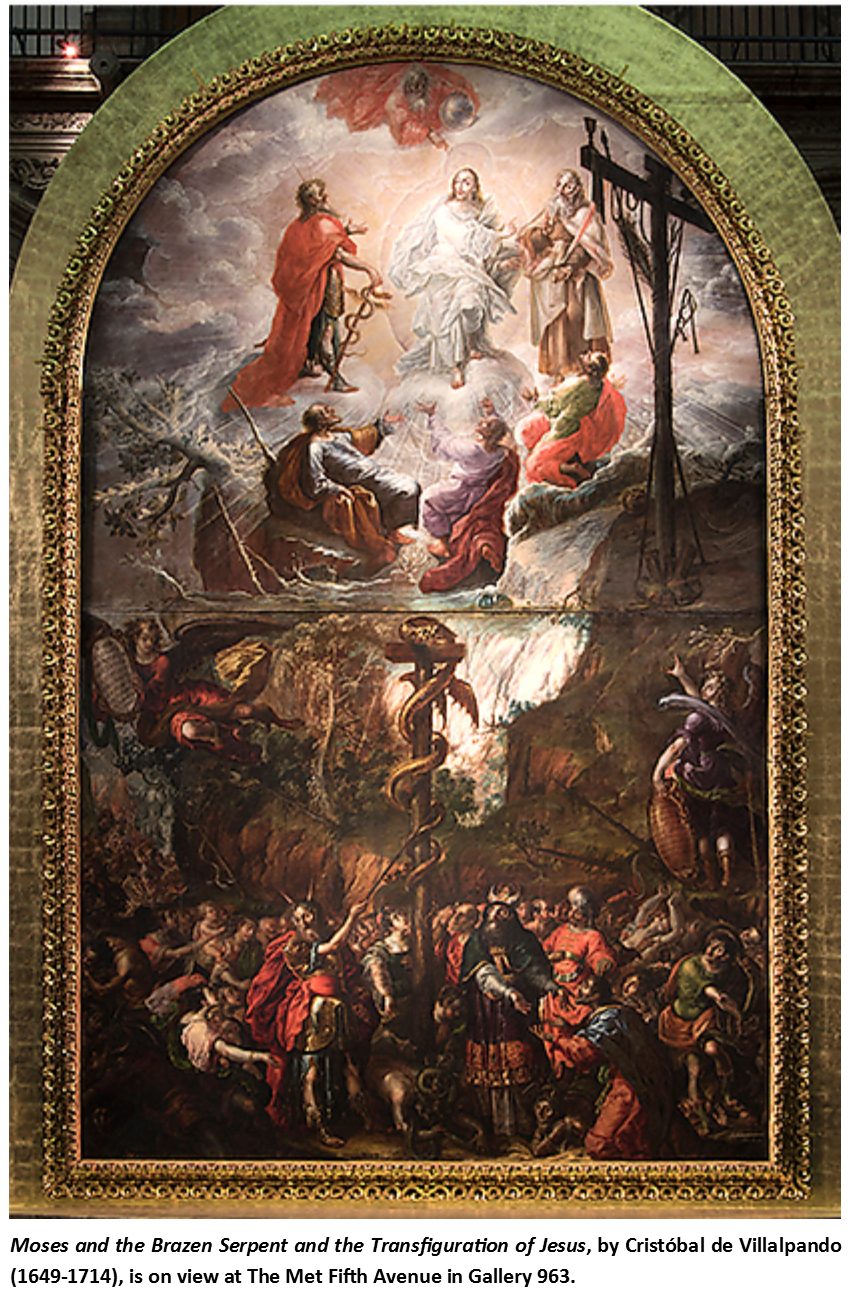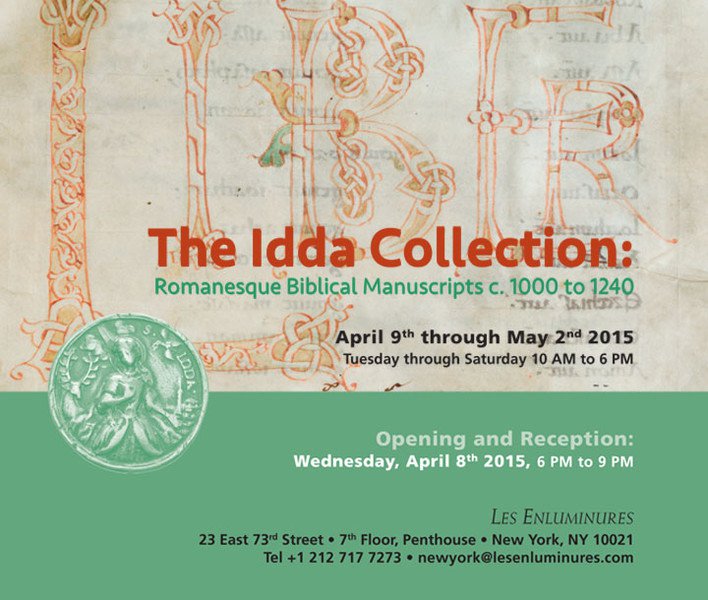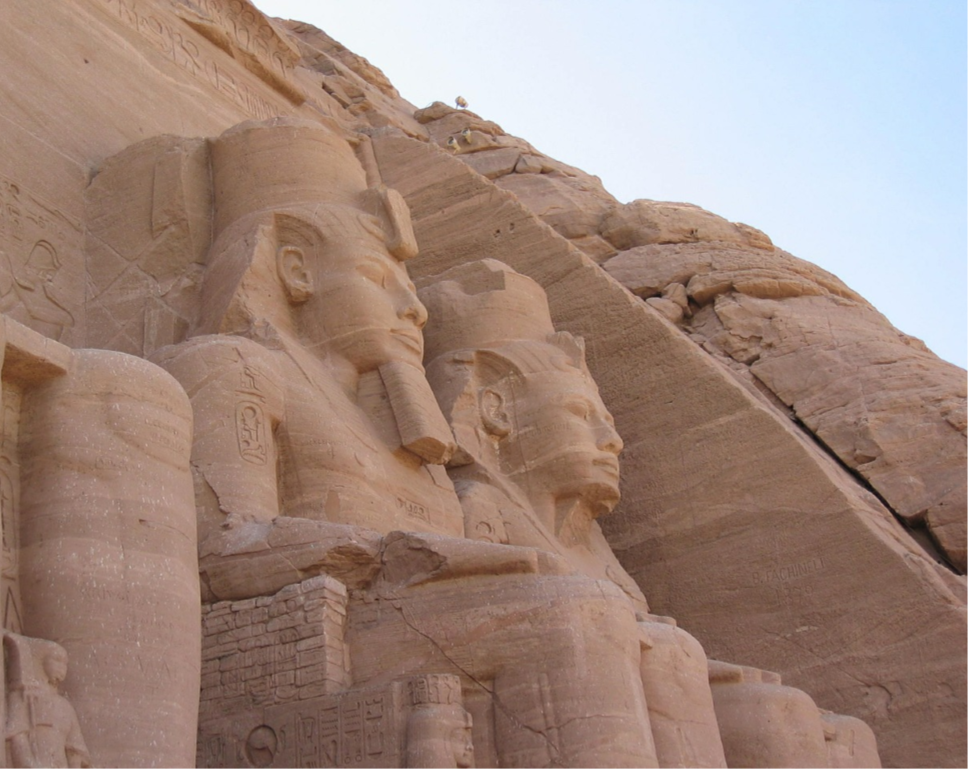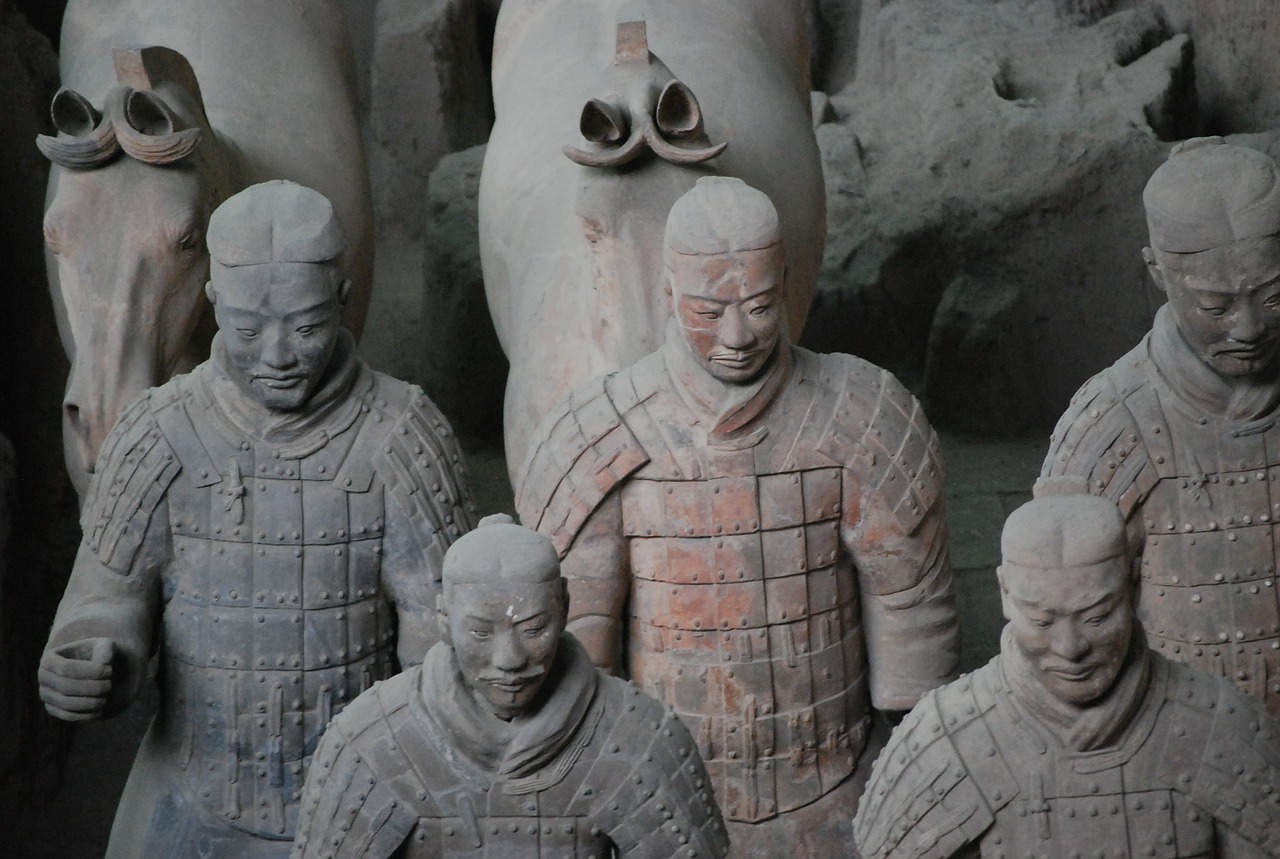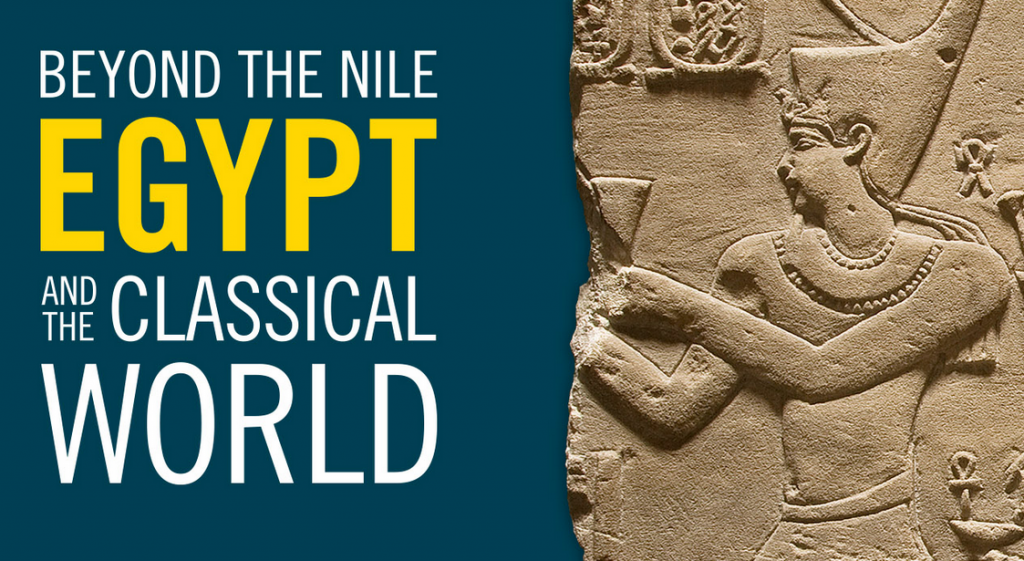
Relief with Ptolemy VIII and Cleopatra II or III Making Offerings (detail), Ptolemaic, 170–116 BC; from Thebes, Egypt; sandstone. Staatliche Museen zu Berlin, Ägyptisches Museum und Papyrussammlung. Photo: bpk Bildagentur / Staatliche Museen zu Berlin, Ägyptisches Museum und Papyrussamlung / Art Resource, NY
The J. Paul Getty Museum at the Getty Center in Los Angeles is hosting an exhibit, “Beyond the Nile: Egypt and the Classical World,” until September 9, 2018. To learn more, visit www.getty.edu/art/exhibitions/egypt/index.html.
Also, the St. Louis Art Museum offers an exhibit on “Sunken Cities: Egypt’s Lost Worlds” with centuries of artifacts from ancient Egypt, including numerous objects found on the sea floor near the Egyptian harbors of Alexandria and Aboukir Bay. See the Museum’s website for details: www.slam.org/exhibitions/sunkencities.php. The exhibit is described, including the words above, as “Treasures Beneath the Waves” in Edward Rothstein’s recent article in the WSJ, which you can read here.
